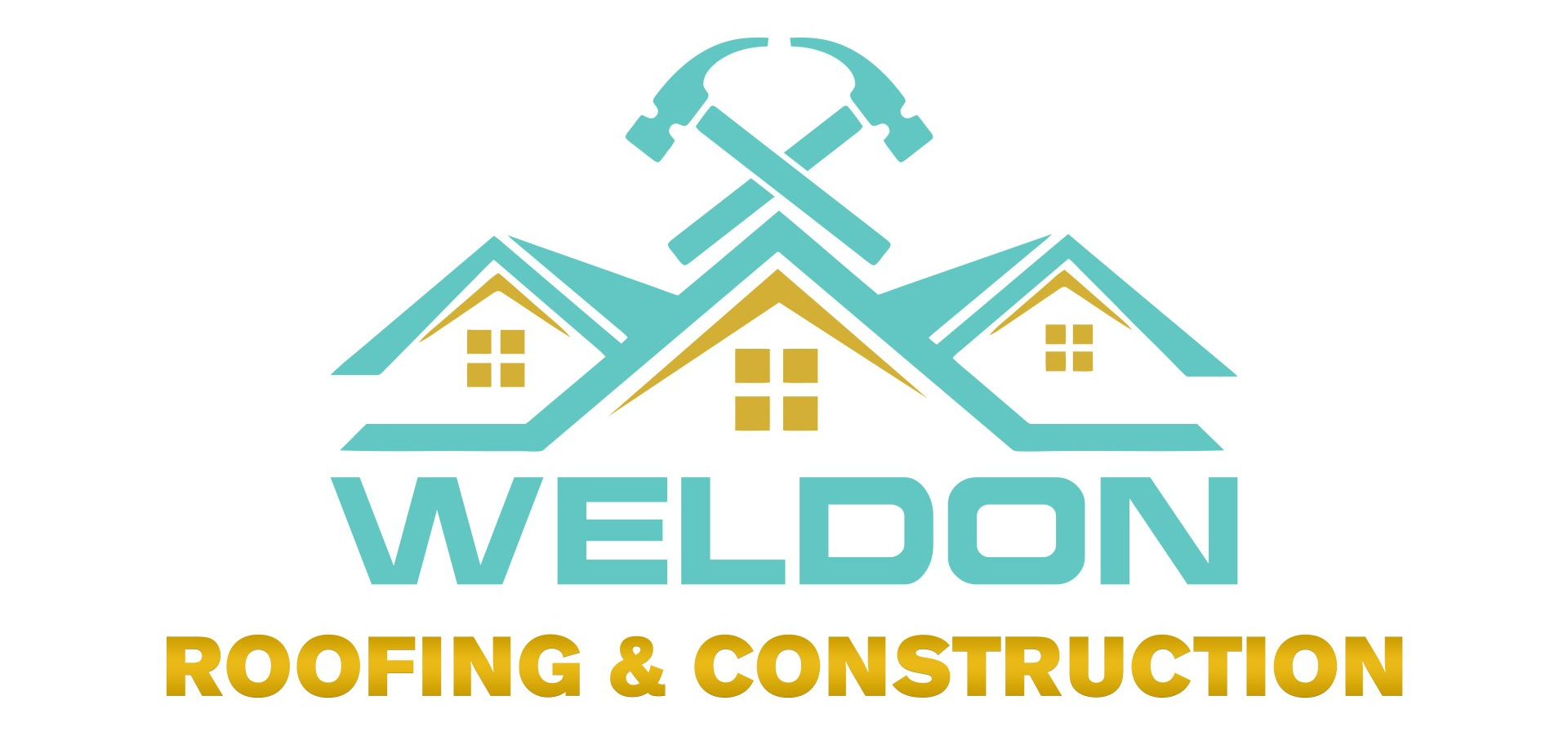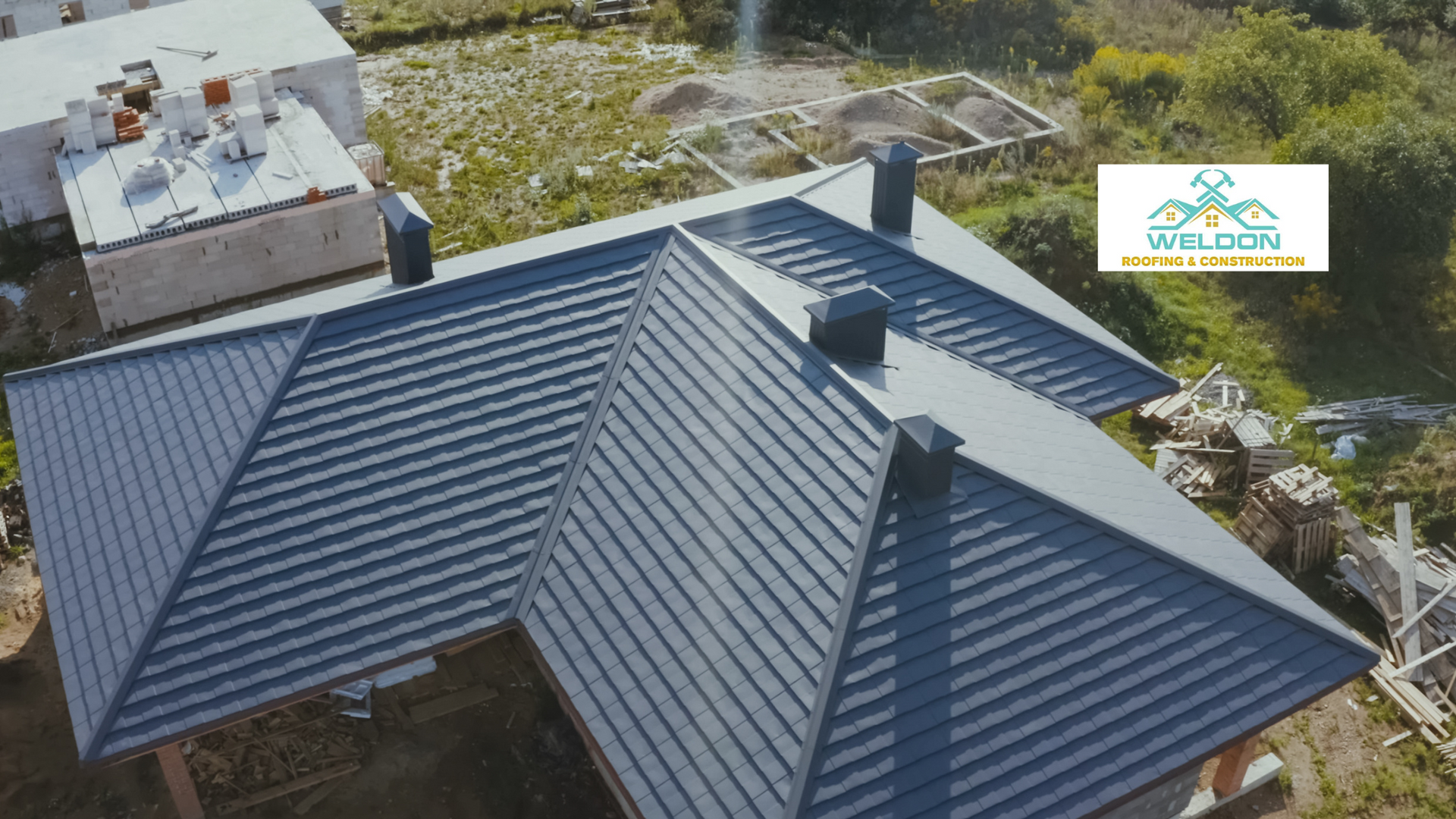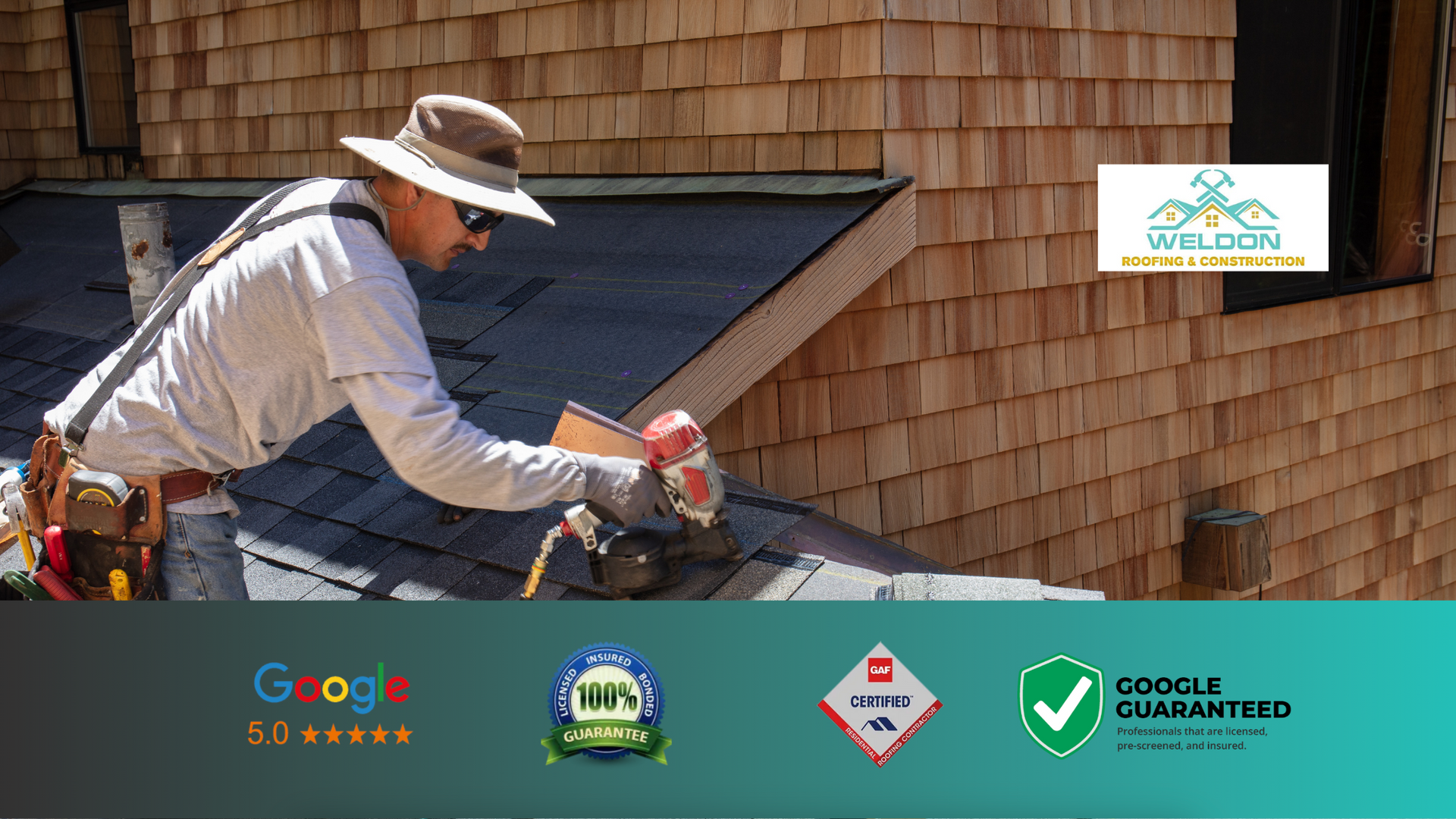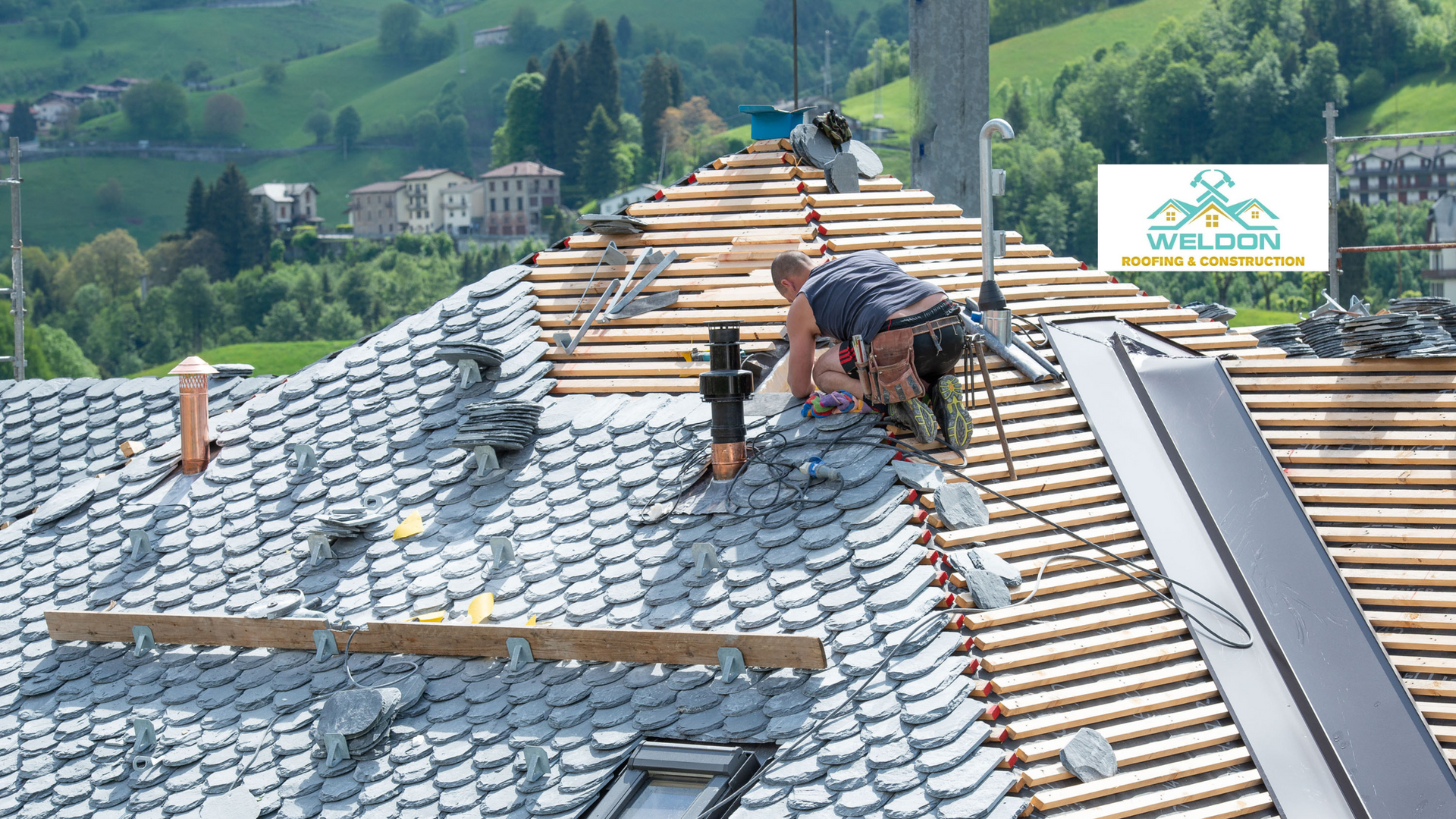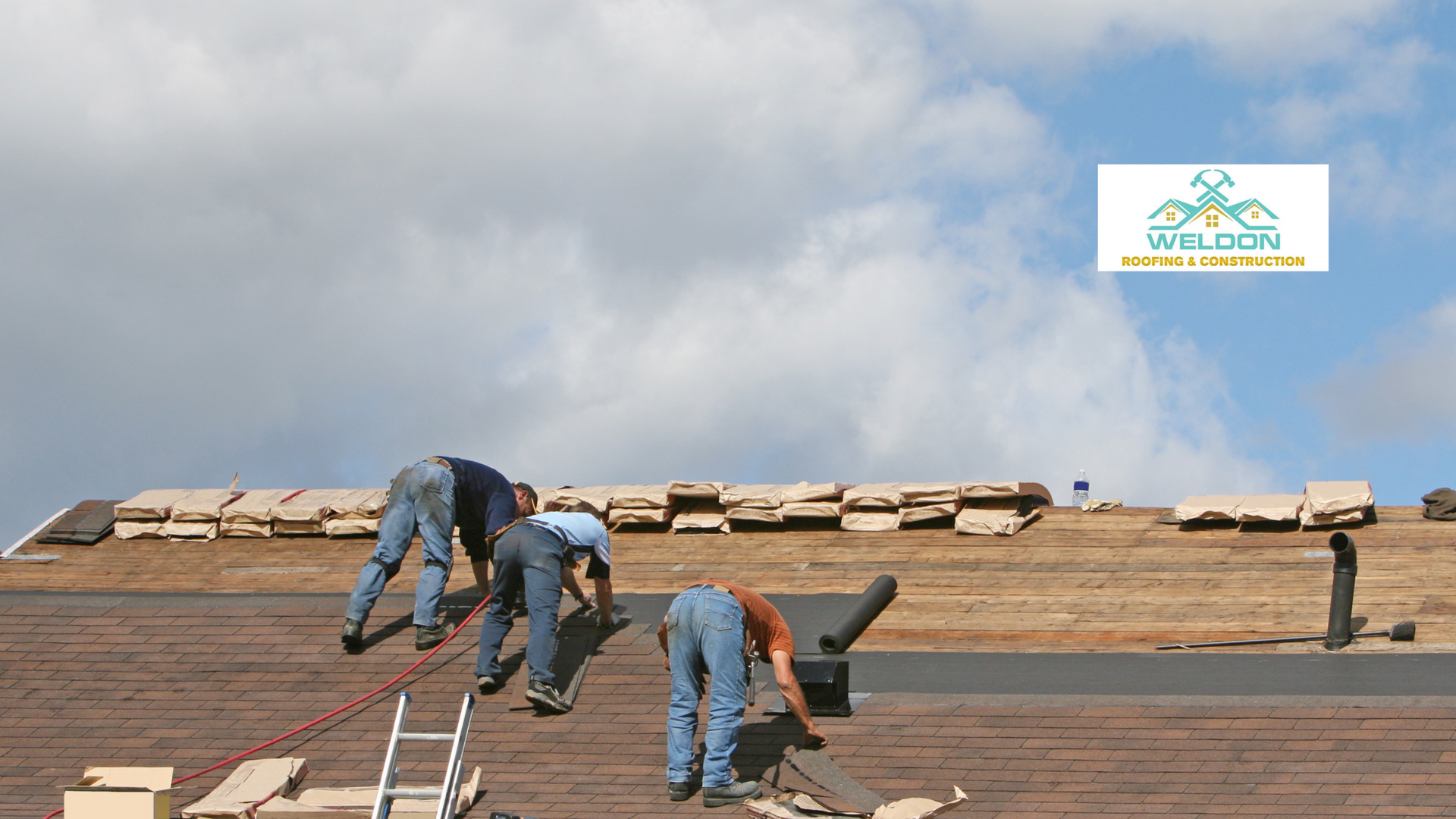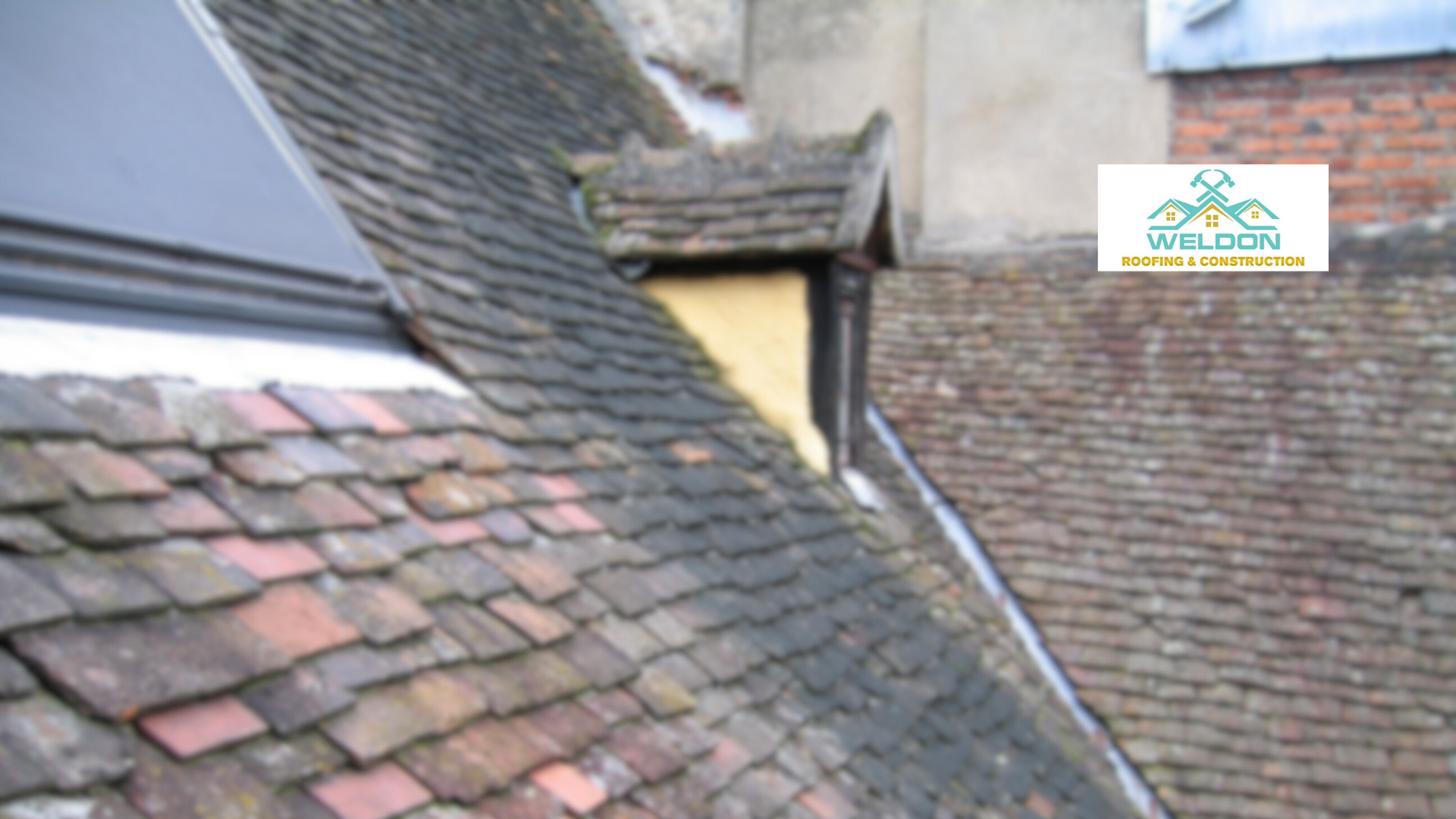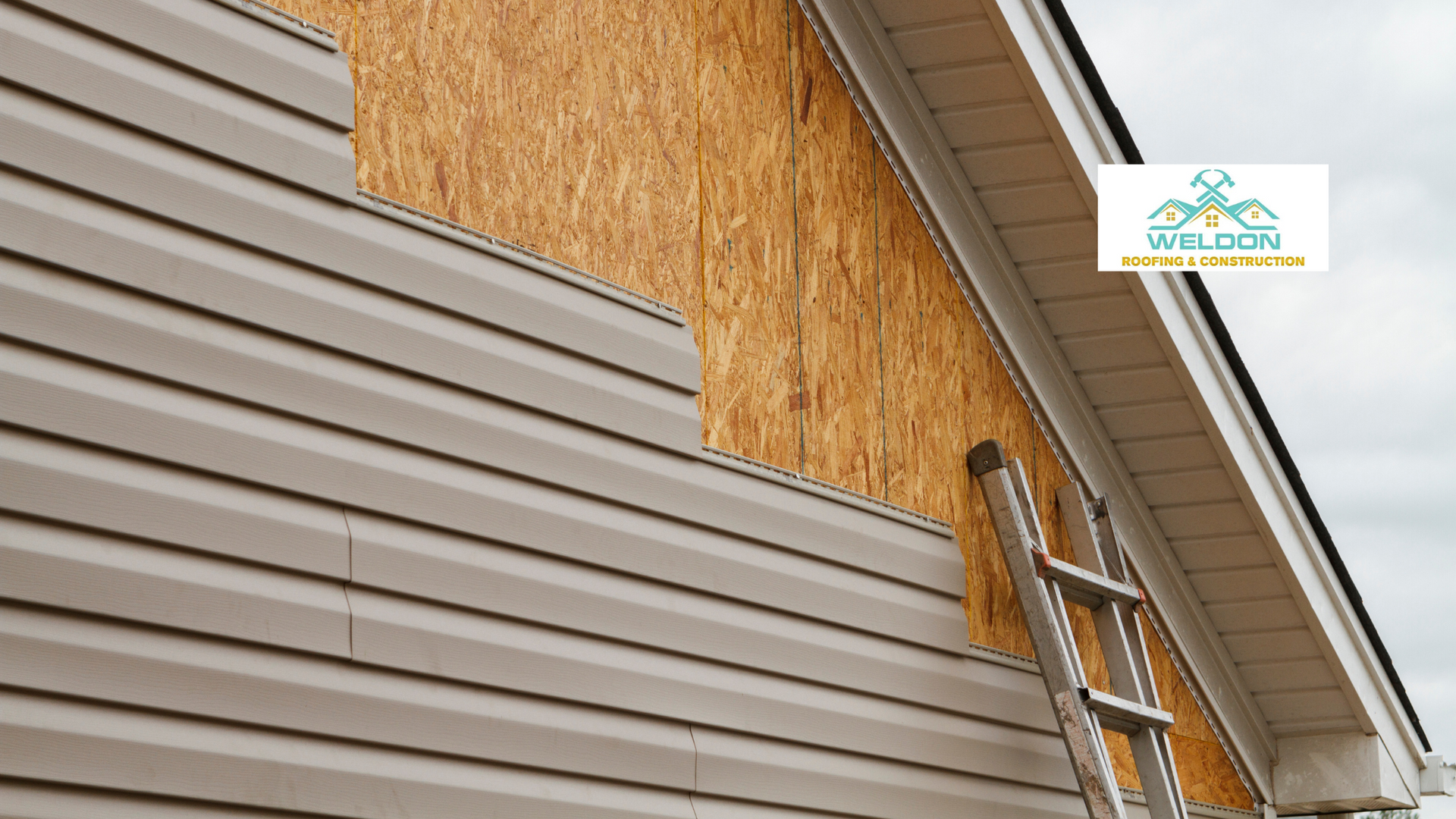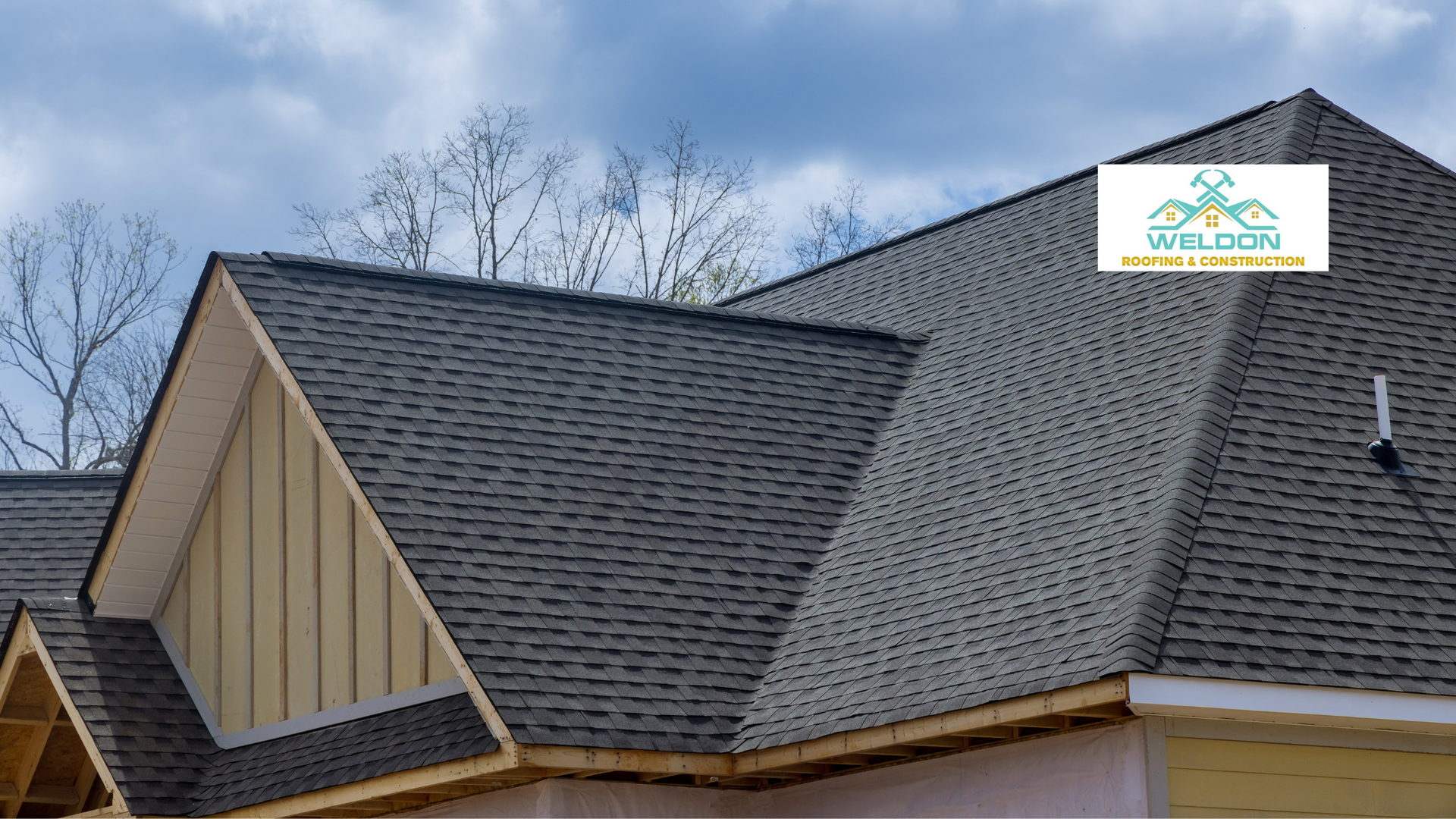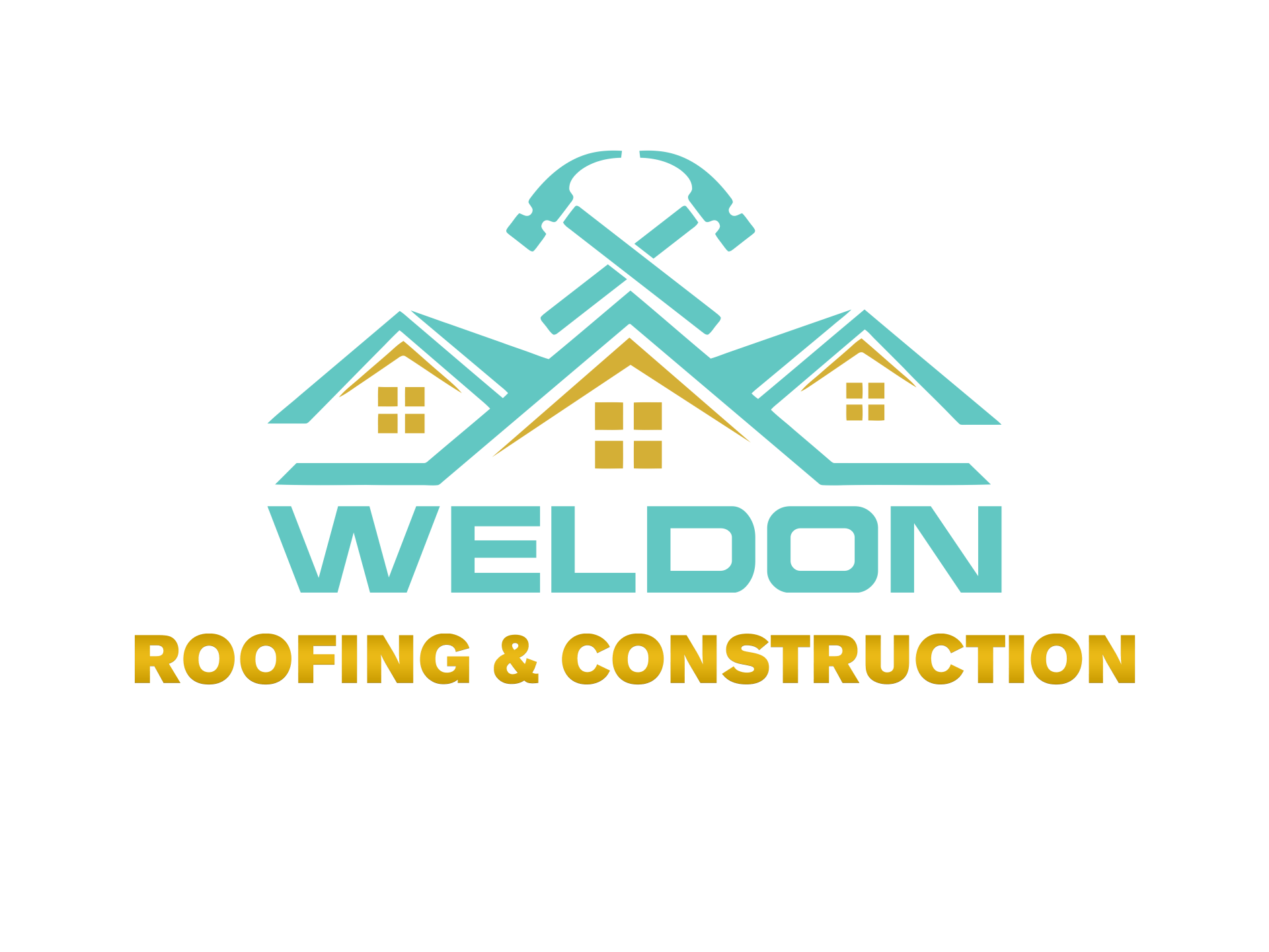Metal Roofing: A Durable and Sustainable Choice
Metal roofing has gained significant popularity in recent years due to its exceptional durability, longevity, and environmental benefits. If you’re considering a new roof for your home or business, metal roofing is undoubtedly worth exploring. This comprehensive guide will delve into the advantages, types, installation, and maintenance of metal roofs.
The Benefits of Metal Roofing
- Longevity: Metal roofs are renowned for their exceptional lifespan, often lasting 50 years or more with proper maintenance. This durability translates to long-term cost savings compared to traditional roofing materials like asphalt shingles.
- Durability: Metal roofs are highly resistant to extreme weather conditions, including high winds, hail, and heavy snow. They can withstand impacts that would damage other roofing materials, making them an excellent choice for areas prone to severe weather.
- Fire Resistance: Metal roofs are non-combustible, offering superior fire protection for your home or business.
- Energy Efficiency: Reflective metal roofs can help reduce cooling costs by reflecting sunlight and heat away from your building. This energy efficiency can lead to significant savings on your utility bills.
- Eco-Friendly: Metal roofing is highly recyclable and often made from recycled materials. Additionally, its long lifespan reduces the need for frequent roof replacements, minimizing waste.
- Low Maintenance: Metal roofs require minimal maintenance compared to other roofing materials. Occasional cleaning and inspections are usually sufficient.
Types of Metal Roofing
There are several types of metal roofing materials available, each with its own unique characteristics and benefits:
- Aluminum: Lightweight and corrosion-resistant, aluminum roofing is a popular choice for residential and commercial applications.
- Steel: Known for its strength and durability, steel roofing is a popular option for areas prone to severe weather.
- Copper: Offers a classic and elegant appearance, copper roofing is a premium choice that requires minimal maintenance.
- Zinc: Known for its natural patina and long lifespan, zinc roofing is a sustainable option with a distinctive look.
The Metal Roofing Installation Process
Installing a metal roof requires specialized expertise. It's essential to hire a qualified roofing contractor with experience in metal roofing installation. The process typically involves the following steps:
- Roof Inspection: A thorough inspection of your existing roof is necessary to assess its condition and determine the suitability for a metal roof.
- Removal of Old Roofing: The old roofing material must be removed to prepare the roof for the new metal panels.
- Installation of Underlayment: A waterproof underlayment is installed to protect your roof from leaks.
- Installation of Metal Panels: The metal panels are attached to the roof deck using screws or nails.
- Sealants and Flashing: Sealants and flashing are applied to ensure watertightness and prevent leaks.
Maintaining Your Metal Roof
Metal roofs are relatively low maintenance, but regular inspections are essential to identify and address any potential issues early on. Here are some maintenance tips:
- Regular Inspections: Conduct visual inspections of your roof at least twice a year to check for damage, debris, or signs of wear.
- Cleaning: Remove debris, leaves, and other contaminants from your roof to prevent damage and maintain its appearance.
- Sealant Checks: Inspect sealants and flashing regularly for any signs of cracking or damage.
- Professional Maintenance: Consider hiring a professional roofing contractor for periodic inspections and maintenance.
The Cost of Metal Roofing
The cost of metal roofing varies depending on the type of metal, the complexity of the installation, and regional factors. While metal roofs may have a higher upfront cost compared to traditional roofing materials, their long lifespan and durability often offset the initial investment over time.
Investing in a metal roof is a wise decision that can enhance your home's value, protect your property, and contribute to a more sustainable future.
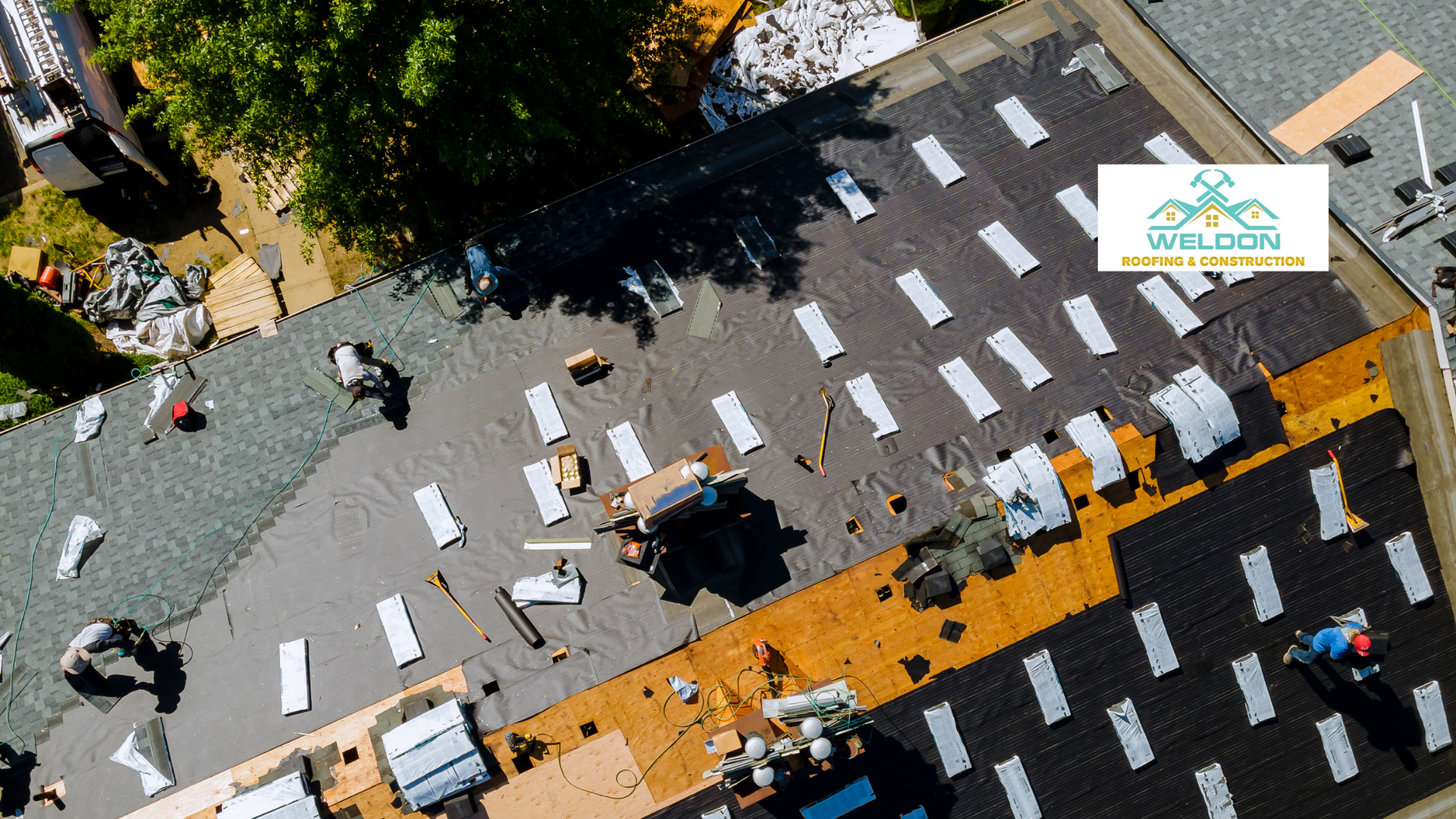
Contact
(219) 229-8580
info@weldon-roofing.com
722 Franklin St Suite 11, Michigan City, IN 46360
Business Hours
- Mon - Fri
- -
- Saturday
- -
- Sunday
- Closed
